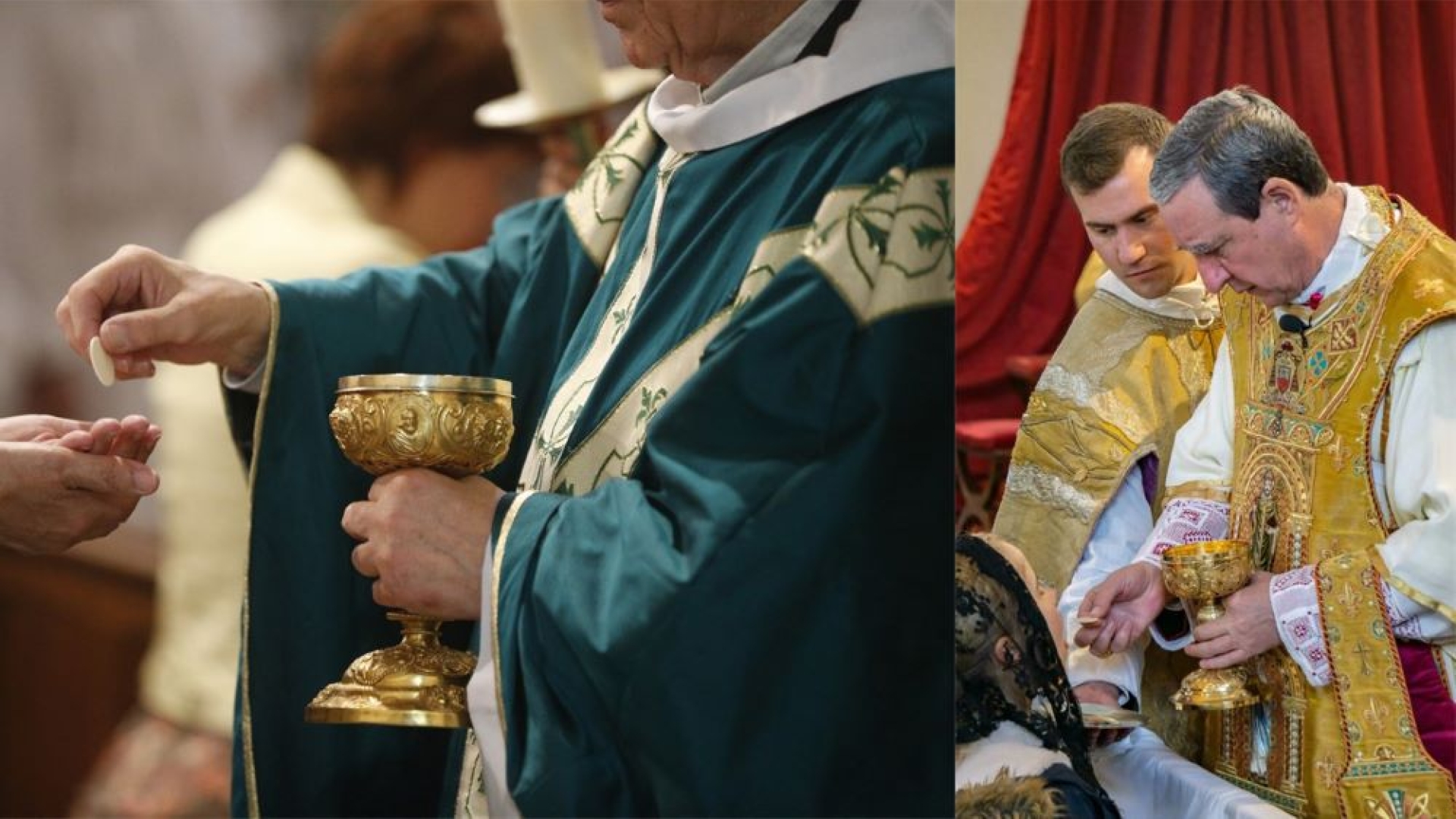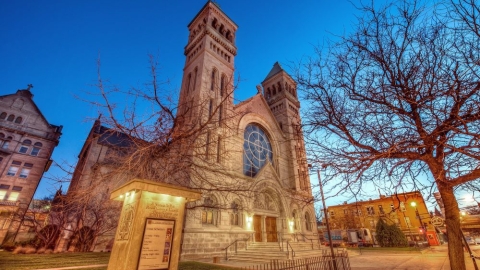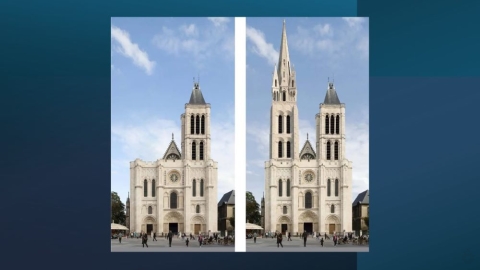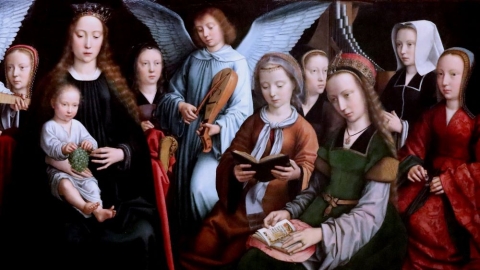Does Mass Attendance, Traditional or New, Influence Faith?

From the beginning of the liturgical reform, after the promulgation of the Novus ordo missae (NOM), the defenders of the tradition of the Church warned of the danger represented by this new liturgy. And, echoing the well-known adage – lex orandi, lex credendi – the law of prayer is the law of belief, they also warned of the future decline of faith that would follow.
The first to issue this warning were the authors of the Brief Critical Review [aka: The Ottaviani Intervention], in their still relevant analysis, an analysis which was supported by Cardinals Alfredo Ottaviani and Antonio Bacci, who agreed to sign the letter of introduction to this document.
The conclusion of the BEC warned: “To abandon a liturgical tradition which for four centuries was both the sign and pledge of unity of worship (and to replace it with another which cannot but be a sign of division by virtue of the countless liberties implicitly authorized, and which teems with insinuations manifest errors against the integrity of the Catholic religion) is, we feel in conscience bound to proclaim, an incalculable error.”
For more than 50 years, this warning has resounded in an increasingly amplified way, in the face of the progressive loss of faith in more and more extensive sectors of the Church, a loss of faith which is first observed by an ever growing disaffection, and then by ever more heterodox positions towards the objects of Catholic belief.
This loss of faith is now visible even among pastors. Thus the requests and decisions of the German Synodal Path, many of which oppose the Catholic faith on power in the Church, reserved to bishops, on conjugal morality, and on homosexual unions, among others.
A Revealing Survey
As far as the faithful are concerned, deviations have been observable for decades, on which polls regularly shed overwhelming light. One of them is interesting for our topic, because it compared practicing Catholics attending the New Mass, to those attending the Traditional Mass (TM).
The result actually uses surveys already carried out by recognized institutes. The comparison focused on 7 points, but only 5 will be considered here.
1. Approval of contraception reaches 89% for NOM followers, and 2% for TM faithful.
2. Approval of abortion reaches 51% for NOM followers, and 1% for TM faithful.
3. Sunday practice is 22% for NOM followers, and 99% for TM faithful.
4. Approval of gay marriage is 67% for NOM followers, and 2% for TM faithful.
5. Annual confession is 25% for NOM followers, and 98% for TM faithful.
Such a result is no coincidence. On such essential elements pertaining to revealed morality and obligatory Catholic practice, the differences are more than significant.
These are Catholics living in the same country, the United States, at the same time – between 2014 and 2018 – often surveyed in the same state, in other words, placed under the same general conditions. The most accessible and visible difference is in the NOM or TM practice.
There are probably unexpected elements that should be considered and which would refine the results, but which will never be able to make up a difference oscillating between 50 and 87 percent. The New Mass has indeed induced, associated with the conciliar reforms that accompany it, a considerable loss of faith. The authors of the Brief Critical Review were right.
Related links
(Sources : LifeSiteNews/FSSPX.Actualités – FSSPX.Actualités)
Illustration 1 : Photo 237000996 / Catholic Mass © Pascal Deloche | Dreamstime.com
Illustration 2 : FSSPX





